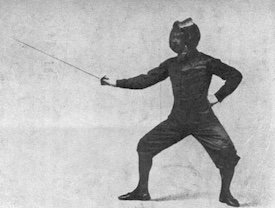james444
Headphoneus Supremus
- Joined
- Aug 25, 2004
- Posts
- 7,368
- Likes
- 2,820
I don't have the time to read the whole context, but when conducting those IEM "burn-in" tests, have you allowed for letting the tips within the coupler to settle after a sufficient amount of time without playing any signals to see if the changes were due to small movements of the IEM within the coupler amid longer-term material compression or stretching? Could you compare the results of conducting the usual test both with and without any burn-in signals playing between measurements?
Good question! As for the comparison between "with and without burn-in signals playing between measurements": no, I haven't done that. Because it would require two brand new identical IEMs, which I simply didn't have at hand. However, I never used the supplied original tips for these "burn-in" tests, but picked particularly soft silicone third party tips instead, that have proven to give me reliable coupler seal and consistent results across a large number of measurements. Therefore, I think it's unlikely that changes in tips or fit played any role, although you're right that only a comparative test could answer that question once and for all.

























